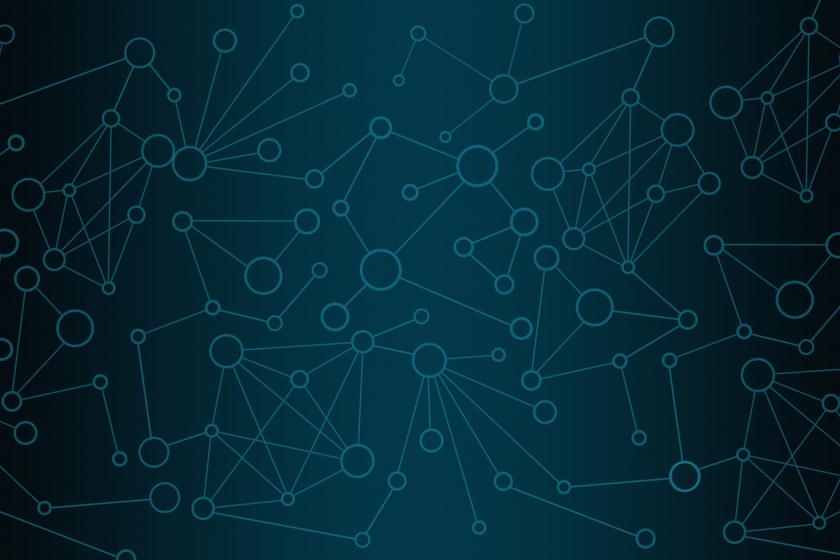When we speak of the Internet of Things (IoT) the first things that come to mind are smart cars, connected appliances, and wearables. But, the ecosystem of connected devices, sensors, and technologies stretch far beyond that. Recent IoT innovations are leveraging connected technologies in new ways—improving how we interact with our everyday environment and the world around us.
Some of the most forward-looking IoT developments are happening on college campuses where students and faculty push the boundaries of IoT research, development and implementation. The results are exciting. Many of the developments have direct application to the enterprise.
Enhancing experience
As technology continues to deliver a 10-fold improvement every five years, colleges are exploring many ways to put IoT technologies to work to make campuses smarter, safer, greener, and more enjoyable.
For example, the University of Arizona uses IoT to enhance the “game day” experience, by easing traffic and parking, streamlining concession lines, and devising new ways to show team spirit.
Today, colleges are using IoT-enabled real-time and near-real-time systems such as RFID, smart sensors, and AI-based analytics for provide:
- Navigation and wayfinding services
- Personalized learning initiatives, facial expression, and body posture analysis in the classroom to improve student engagement and comprehension
- Smart energy and building control systems
- Visual, acoustic, and chemical surveillance, alert, and mapping, including systems that help in an emergency response situation
IoT systems are also providing a rich source of data for analytics, aiding institutions, administrations, faculty, and students to make better decisions.
HiEd is at the center of IoT innovation
Besides improving the campus experience, student and faculty teams are working with communities, businesses, and technology partners to create new solutions to pressing problems.
Students, researchers, and a coalition of public-private partners at the University of Nevada, Reno, for example, are collaborating on an Intelligent Mobility and Smart Cities project. The team is developing a system in which self-driving vehicles, zero-emissions public transport, and roadside infrastructure are all capable of sensing the environment and communicating in real time, with each other as well as with people. Communicating through devices, signals, and signage, the goal is to improve traffic flow, energy efficiency, and transportation safety.
A global reach
Rensselaer Polytechnic Institute (RPI) is combining IoT technology and powerful analytics with science to create a new model for environmental monitoring and prediction aimed at sustaining and protecting Lake George, a world-class natural resource. According to Jeffrey Miner, assistant VP, Information Services Division of the Chief Information Officer at RPI, the project called The Jefferson Project, “is building a computing platform that captures and analyzes data from a network of sensors tracking water quality and movement. Scientific insights and technology created for the project will not only help manage and protect one of America’s most famous lakes, but will create a blueprint to preserve important lakes, rivers and other bodies of fresh water around the globe.”
The fundamental goals of the project include:
- Working to make one of the largest lakes in the developed world ecologically-balanced.
- Establishing a systematic approach to problem-solving to improve ecosystem resilience in the face of long-term pressures from climate change and intensifying human use.
The project has been a tremendous success thus far, helping to restore aquatic and plant life, while improving overall water quality.
What’s behind IoT?
IoT is changing the landscape before our eyes.
It’s not surprising that sensors, mobile apps, intelligent kiosks, smart traffic lights, and solar-powered surveillance systems grab our attention. But, as the Intelligent Mobility team makes clear, backend analytics, visualization, programming, and deep learning are critical parts of IoT too—enabled by the technical trendline that makes powerful workstations and supercomputing clusters accessible and affordable. An increasingly vital component of IoT innovation is the intelligent, integrated hardware/software gateway, which validates devices and data and applies security and analytics at the network edge.
Planning for an expansion of IoT
With the number of IoT connected devices expected to reach 125 billion in the next decade or so, additional challenges are emerging around data security and data management. Fortunately, security innovations are keeping pace to protect systems from the inside-out. Elastic and scale-out architectures, data lakes, analytics, artificial intelligence, and deep learning solutions are also being created to manage the immense streams of structured and unstructured data generated from IoT systems.
Clearly, HiEd IT has an active role to play in realizing the promise of IoT and avoiding the pitfalls, risks, and costs of unmanaged proliferation by developing an institution-wide strategy and technical roadmap for driving towards standardized IoT architectures, operating models, and plug-and-play components.
The success of Gen-Z begins with making connections today
With a solid IoT approach, colleges can prepare the next-generation workforce—providing students with not only connected technologies that simplify their lives, but also equip them with the tools needed to develop innovative approaches and solutions to everyday challenges.
The success of this next generation, or Gen Z, is largely dependent upon making those “digital” connections today so that tomorrow, they are equipped to compete in a world that depends upon an interconnected ecosystem of devices, people, and the planet.









